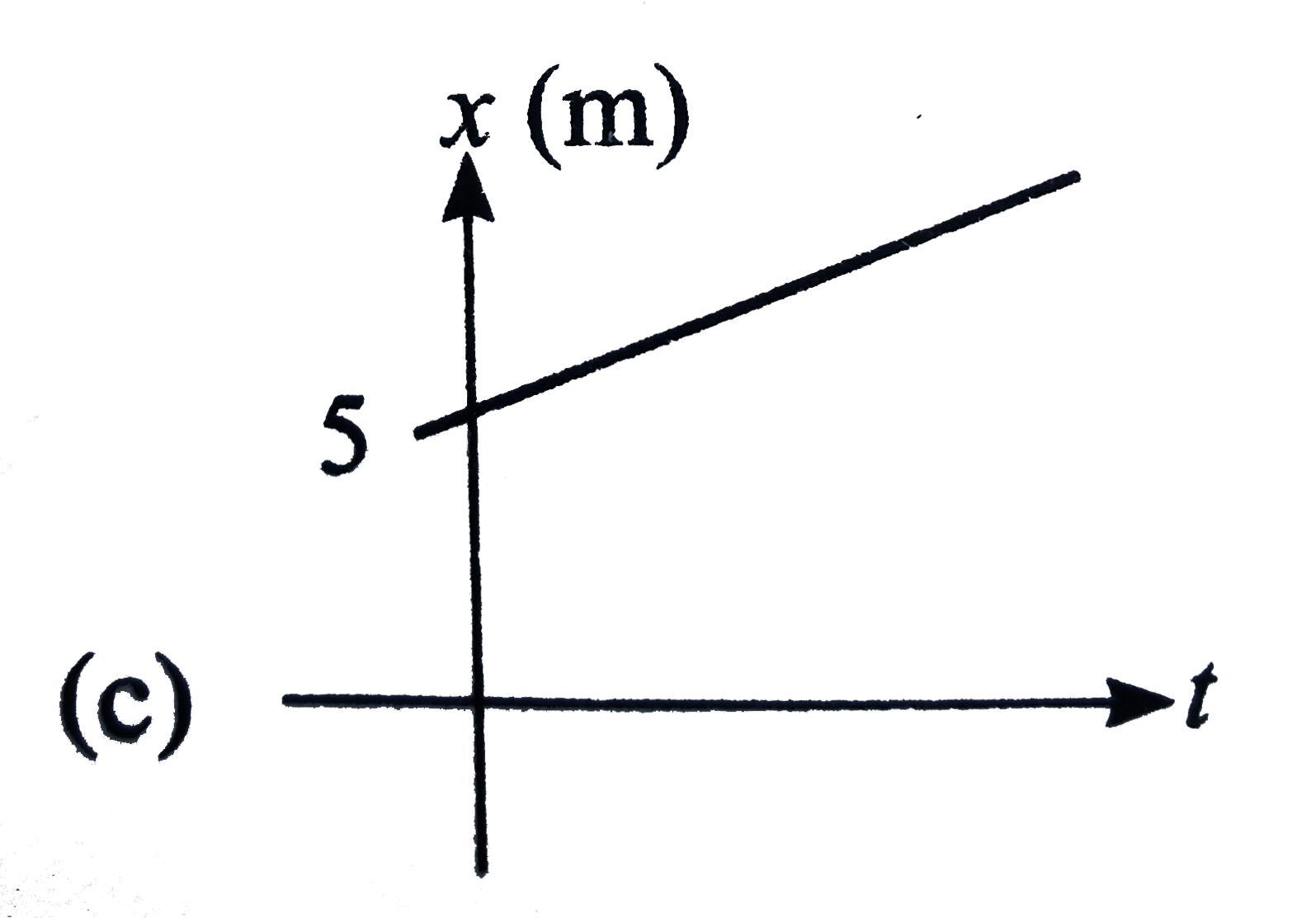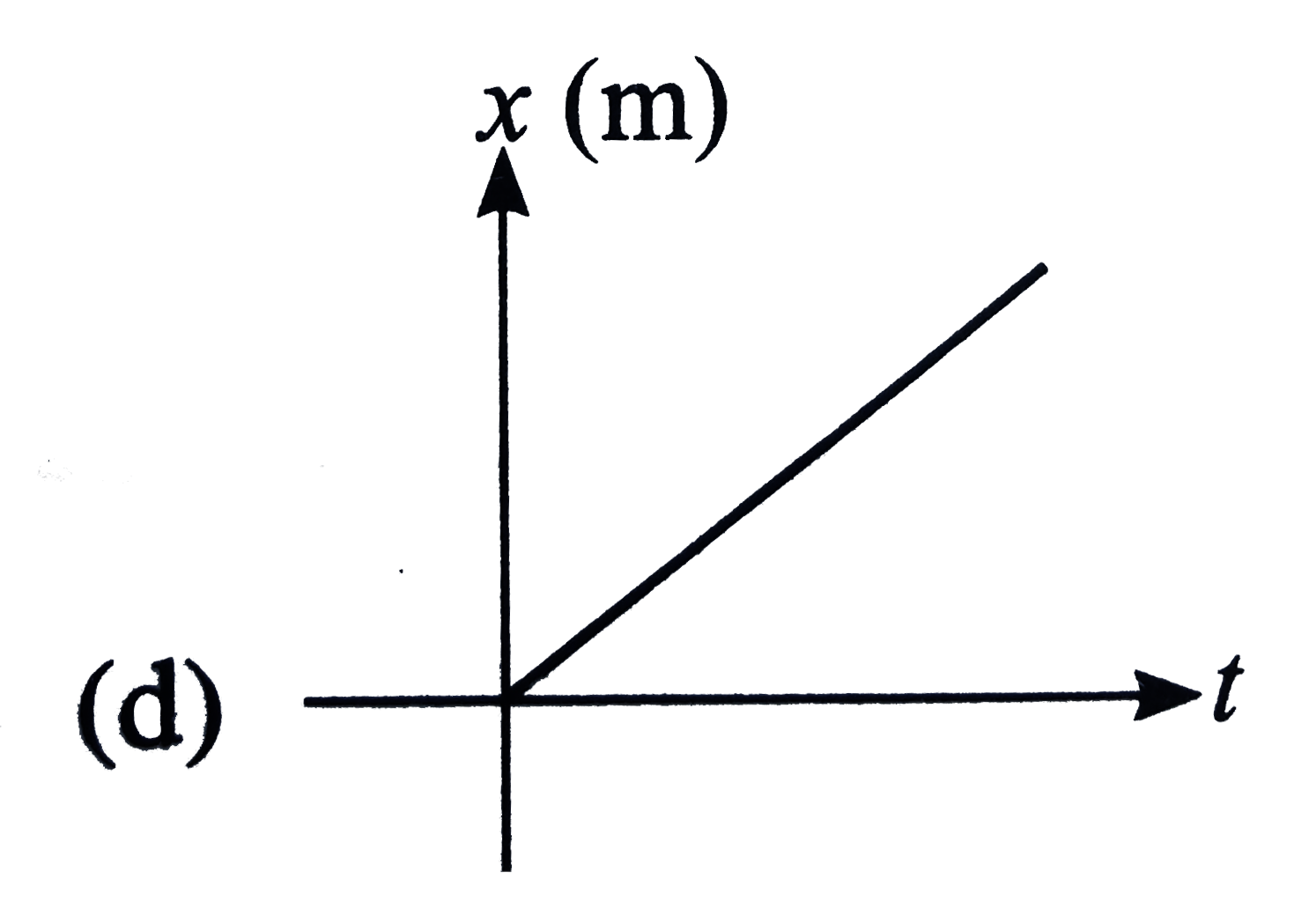A
B
C
D
Text Solution
Verified by Experts
The correct Answer is:
|
Topper's Solved these Questions
OSCILLATIONS
DISHA PUBLICATION|Exercise Exercise-1 : Concept Builder (TOPIC 3: Damped & Forced Oscillations and Resonance)|11 VideosView PlaylistOSCILLATIONS
DISHA PUBLICATION|Exercise Exercise-2 : Concept Applicator|28 VideosView PlaylistOSCILLATIONS
DISHA PUBLICATION|Exercise Exercise-1 : Concept Builder (TOPIC 1: Displacement, Phase, Velocity, Acceleration and Energy in S.H.M.)|27 VideosView PlaylistNUCLEI
DISHA PUBLICATION|Exercise EXERCISE - 2 (CONCEPT APPLICATOR)|30 VideosView PlaylistPHYSICAL WORLD, UNITS AND MEASUREMENTS
DISHA PUBLICATION|Exercise Exercise - 2 : Concept Applicator|30 VideosView Playlist
Similar Questions
Explore conceptually related problems
Knowledge Check
Similar Questions
Explore conceptually related problems
DISHA PUBLICATION-OSCILLATIONS -Exercise-1 : Concept Builder (TOPIC 2: Time Period, Frequency, Simple Pendulum and Spring Pendulum)
- If a particle takes 0.5 sec to reach position of minimum velocity from...
Text Solution
|
Playing Now - A particle executes simple harmonic motion between x = -A and x = + A....
02:52
|
Play - A simple pendulum oscillates in air with time period T and amplitude A...
03:34
|
Play - A simple pendulum is made of a body which is a hollow sphere containin...
Text Solution
|
Play - If the magnitude of displacement is numerically equal to that of accel...
01:40
|
Play - A simple pendulum has a metal bob, which is negatively charged. If it ...
Text Solution
|
Play - Identify the wrong statement from the following
03:21
|
Play - A verticle mass-spring system executed simple harmonic ascillation wit...
07:12
|
Play - The maximum velocity a particle, executing simple harmonic motion with...
02:07
|
Play - The graph shown in figure represents
Text Solution
|
Play - A body at the end of a spring executes SHM with a period t(1), while t...
02:28
|
Play - Two particles A and B of equal masses are suspended from two massless ...
Text Solution
|
Play - The graph of time period (T) of simple pendulum versus its length (l) ...
Text Solution
|
Play - A particle moves such that its acceleration a is given by a = -bx , wh...
03:00
|
Play - The total mechanicla energy of a spring mass sytem in simple harmonic ...
03:29
|
Play - A block of mass m is kept on smooth horizontal surface and connected w...
Text Solution
|
Play - If T(1) and T(2) are the time-periods of oscillation of a simple pendu...
02:53
|
Play - A wall clock uses a vertical spring mass system to measure the time. E...
01:57
|
Play - A rectangular block of mass m and area of cross-section A floats in a ...
01:08
|
Play - A block rests on a horizontal table which is executing SHM in the hori...
01:18
|
Play



